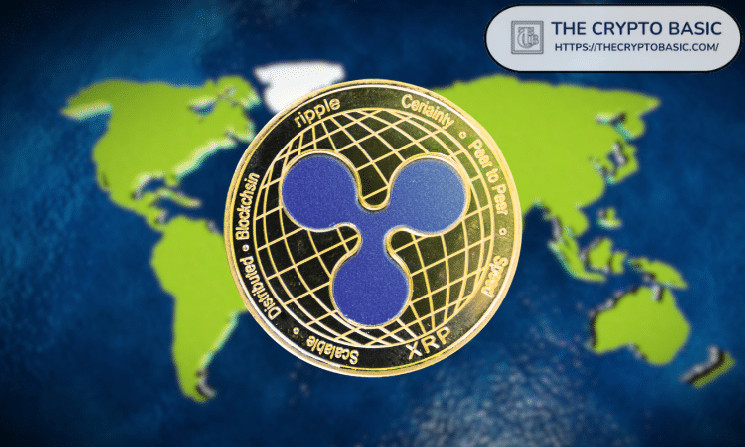Ripple is looking to capture a chunk of the ever-expanding payment sector, projected to hit $300 trillion by 2030, with its payment offerings that leverages XRP for cross-border settlements.
Pegah Soltani, Ripple‘s Head of Payments Product, recently shed light on how the San Francisco-based technology firm looks to solve the existing problems domiciled in the sector by using blockchain technology.
In a presentation, Soltani emphasized that the sheer magnitude of money that moves across borders, amounting to trillions of dollars annually, fascinates her. She noted that sources project this value to grow to a whopping $300 trillion by 2030.
However, Soltani identified several issues with cross-border settlements despite the growth of the sector. According to her, the scene faces problems such as slow transactions, expensive fees, and several errors during value processing.
Ripple Steps In
Soltani stressed that Ripple has stepped in to transform the sector by addressing these pain points. The financial technology company boasts a robust system that allows for the movement of funds across borders in a manner that eliminates the existing issues.
“Fortunately, at Ripple, we are changing the way value moves around the world. We use blockchain technology and digital assets to enable faster, more affordable, and more transparent payments for both our customers and their customers,” she disclosed.
Ripple fulfils this mission with the use of its Ripple Payments service (previously On-Demand Liquidity). Ripple Payments leverage crypto assets, typically XRP, to facilitate faster and cost-effective payments involving different fiat currencies.
How Ripple Payments Work
In her presentation, Soltani explained how Ripple uses it’s Ripple Payments product to move funds. She used an instance of a business looking to send money from the United Kingdom to the Philippines. They would need to move Pounds from the U.K. for the recipient to receive Peso in the Philippines.
The business would first request a foreign exchange (FX) quote to ascertain the exchange rate for the Pound to Peso transfer. The business would then receive and approve the quote. Afterwards, they would send the payment instruction.
The Ripple payment solution would receive the Pounds, convert it to a digital asset, typically XRP, and then convert the XRP to Peso through a Ripple partner network domiciled in the Philippines. The recipient would then get the exact amount from the quote in their local currency, the Peso.
“And when you’re ready to scale to new corridors, Ripple’s global payout network provides access to key networks and currencies, including many that were traditionally difficult to reach,” Soltani concluded.
Read the full article here

